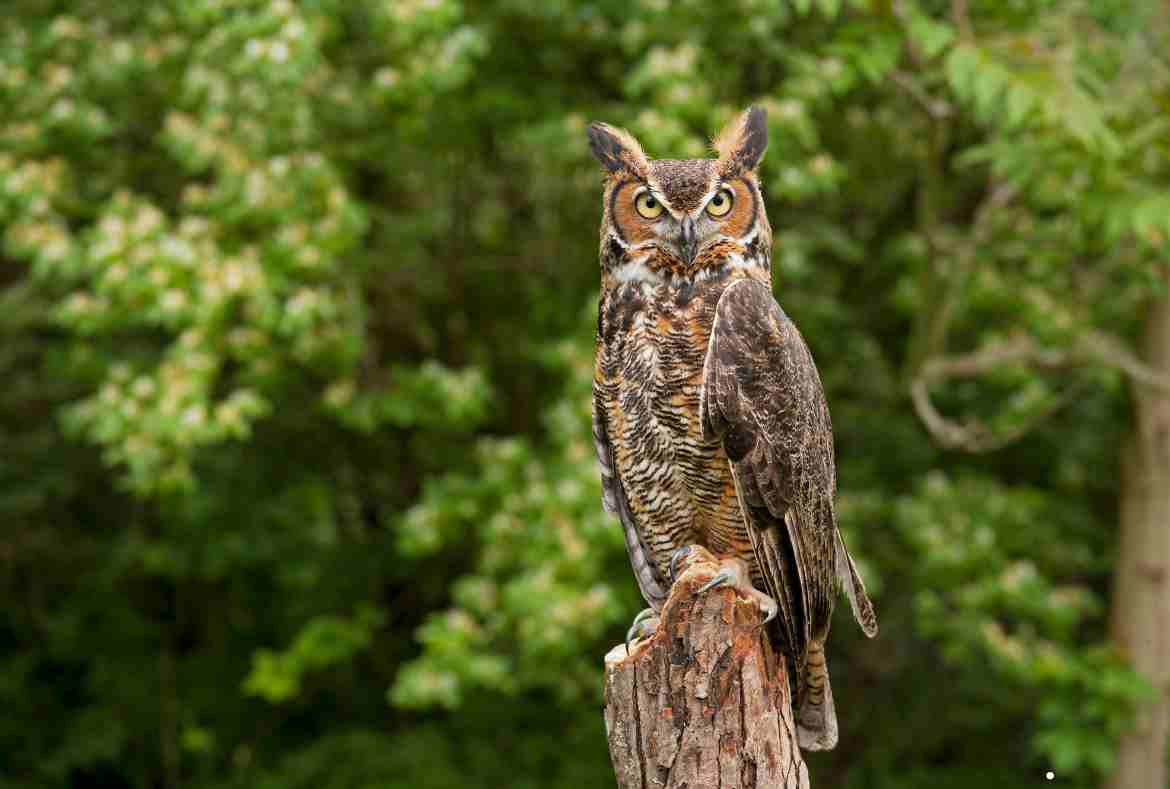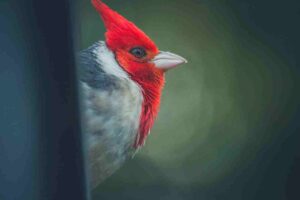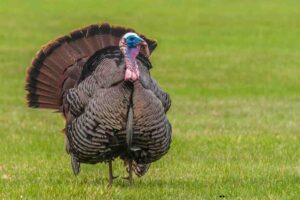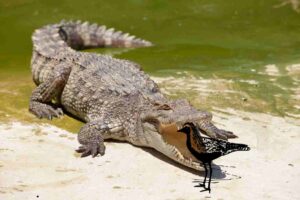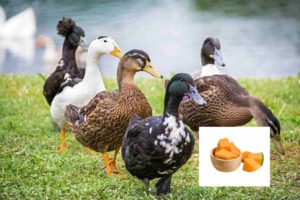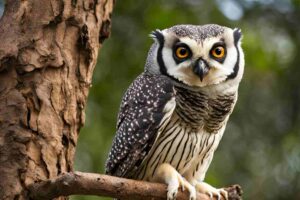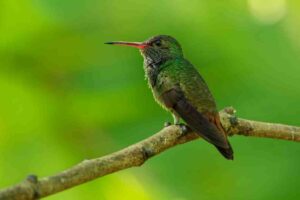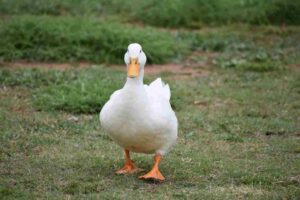The great horned owl (Bubo virginianus) is one of North America’s most iconic and widely recognized bird species. Known for its striking appearance and impressive hunting abilities, this formidable nocturnal predator is equally famous for its haunting calls. In this comprehensive article, we will delve into the fascinating world of the great horned owl call, exploring its various aspects, including the sounds made at night, the differences between male and female calls, and the meanings behind these vocalizations.
Great Horned Owl Call at Night
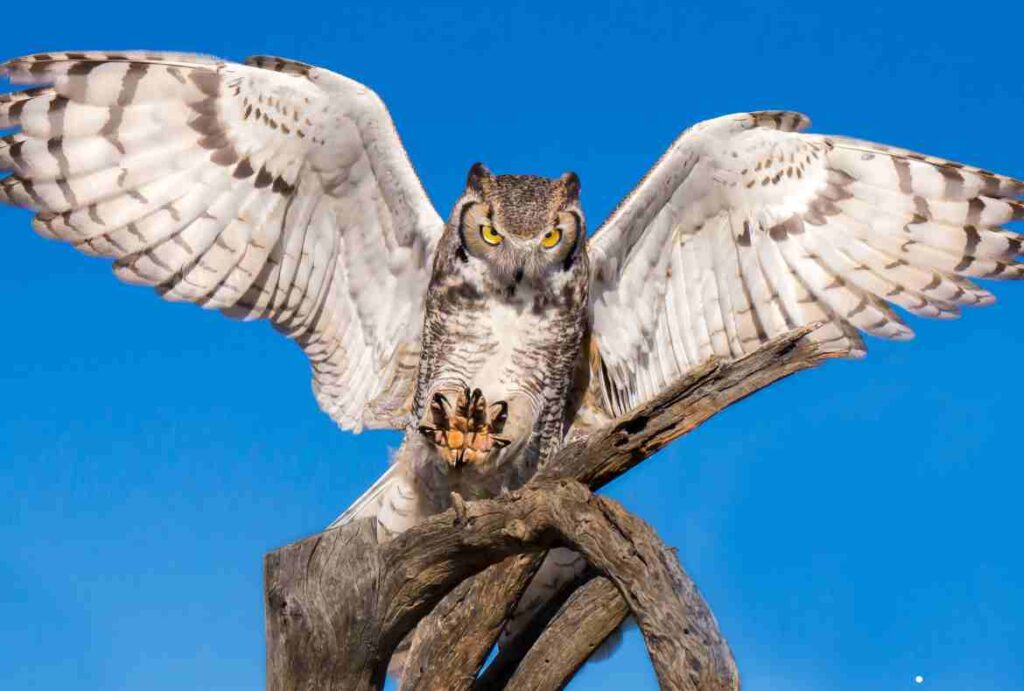
The great horned owl call at night is a defining characteristic of this species and an evocative element of many natural soundscapes. These owls are primarily nocturnal, meaning they are most active during the night. As darkness falls, their calls can be heard echoing through forests, fields, and urban environments, creating a haunting yet beautiful sound.
Vocal Behavior During the Night
When night falls, the great horned owl call becomes a significant part of their behavior. The primary purpose of their vocalizations at night is to establish territory and communicate with potential mates. Males and females will often call back and forth, reinforcing their bonds and signaling their presence to one another.
The great horned owl call at night typically consists of deep, resonant hoots that can travel over long distances. This vocal behavior is not only essential for communication but also serves to warn other great horned owls of their territory, helping to minimize conflicts.
Patterns of Vocalization
The calls of great horned owls are often rhythmic and patterned, with males typically producing a series of two to five hoots. The first hoot is usually the loudest and deepest, followed by higher-pitched calls. The pattern can vary depending on the situation whether they are calling to attract a mate, defend their territory, or communicate with their young.
Birdwatchers and nature enthusiasts can learn to recognize the great horned owl call at night by listening for these distinctive patterns. Understanding the context of their calls can enhance the experience of observing these magnificent birds in their natural habitats.
Importance of Night Vocalizations
The importance of the great horned owl call at night cannot be overstated. These calls play a crucial role in the owl’s survival and reproductive success. By vocalizing at night, great horned owls can communicate effectively without alerting their prey, allowing them to maintain their stealth as they hunt. The calls serve as a means of social interaction. Males and females will often engage in vocal duets, strengthening their pair bonds. The night calls are essential for maintaining the social structure of great horned owl populations, particularly during the breeding season.
Great Horned Owl Call Sound
The great horned owl call sound is one of the most recognizable sounds in the avian world. Known for its deep, resonant quality, the call has a rich tonal quality that can evoke a sense of mystery and intrigue.
Characteristics of the Call
The great horned owl call sound has several distinctive features that set it apart from other owl species. The most notable characteristic is the deep hooting pattern, which typically consists of a series of clear, booming hoots. The call varies in intensity and pitch, with the initial hoot being the lowest and loudest.
Recording the Call
Many birdwatchers and naturalists seek to record the great horned owl call sound for educational and research purposes. With advancements in technology, capturing these vocalizations has become easier. The use of high-quality microphones and recording devices allows enthusiasts to document the sounds of great horned owls in their natural habitats. Recordings of the great horned owl call sound can help individuals learn to identify these calls, improving their ability to recognize and appreciate the presence of these magnificent birds in the wild.
Variations in Call Sounds
While the iconic hoot is the most well-known great horned owl call sound, these owls can produce a variety of vocalizations. In addition to their primary hoots, great horned owls may issue hisses, growls, and even a series of rapid calls when they feel threatened or are defending their territory. These variations showcase the complexity of their vocal behavior and the importance of sound in their communication.
Female Great Horned Owl Call
The female great horned owl call is a fascinating aspect of their vocalizations. While both males and females share similar call patterns, there are subtle differences that can help observers distinguish between the two genders.
Differences in Vocalization
Female great horned owls tend to have slightly higher-pitched calls compared to their male counterparts. During the breeding season, females may produce softer vocalizations, especially when communicating with their young or during courtship displays.
The female great horned owl call can serve multiple purposes, including signaling readiness to mate, attracting a partner, or communicating with chicks. Understanding these nuances can enhance the experience of observing great horned owls and provide insights into their social dynamics.
Role in Courtship
During courtship, the female great horned owl call plays a crucial role in attracting a mate. The calls exchanged between males and females during this period often include a combination of hoots and softer vocalizations can birds eat cashews.
This interactive behavior helps to reinforce their bond and establish a partnership. The courtship calls of female great horned owls can also signal their readiness to breed, prompting males to respond with enthusiasm. Observing this interaction can provide valuable insights into the reproductive behaviors of great horned owls.
Communication with Young
In addition to their courtship calls, female great horned owls use specific vocalizations to communicate with their young. These softer calls are crucial for teaching fledglings to recognize their mother’s sounds and understand the vocal cues necessary for survival. The female great horned owl call emphasizes the importance of maternal communication in the early stages of a young owl’s life.
Great Horned Owl Call Sounds
The great horned owl call sounds encompass a wide range of vocalizations, each serving a specific purpose in the owl’s behavior and communication. Understanding these sounds can provide valuable insights into the social interactions and ecological roles of great horned owls.
Types of Calls
In addition to the characteristic hoots, great horned owls can produce various sounds, including:
- Hoots: The most recognizable and iconic vocalization, typically consisting of two to five deep hoots.
- Hisses: A warning sound that conveys aggression or a threat. Hissing may occur when an owl feels cornered or threatened.
- Growls: A low, guttural sound that may indicate displeasure or alarm.
- Chirps: Short, quick calls that can be used in social interactions or when communicating with mates.
Recognizing these great horned owl call sounds can enhance your understanding of their behavior and social interactions. Each sound plays a role in their communication strategies and can inform observers about their emotional state owl sounds not just hooters.
Contextual Understanding
The context in which these calls are made is essential for interpretation. For example, a series of rapid hoots may indicate excitement or alarm, while softer calls may signify comfort or contentment. Understanding the context of the great horned owl call sounds can enrich your appreciation of their complexity and adaptability.
The Role of Sound in Communication
Sound plays an integral role in the lives of great horned owls. Their calls facilitate communication among individuals, allowing them to establish territories, attract mates, and warn of dangers. The ability to produce a wide range of vocalizations enhances their social interactions and contributes to their success as predators.
Great Horned Owl Call Meaning
Understanding the great horned owl call meaning is crucial for appreciating the significance of their vocalizations. Each call serves a specific purpose, conveying information about territory, mating, and alarm.
Territorial Claims
One of the primary purposes of the great horned owl call is to establish territory. The deep hoots serve as a warning to other owls, signaling that a particular area is occupied. By vocalizing, great horned owls can minimize confrontations and maintain their space without resorting to physical aggression.
Mating Calls
During the breeding season, the great horned owl call takes on additional meaning as it becomes part of courtship rituals. Males and females call to one another, reinforcing their bond and signaling their interest in mating. The calls exchanged during this time are essential for successful reproduction, as they help the pair synchronize their behaviors.
Alarm Signals
Great horned owls also use vocalizations as alarm signals when they perceive threats. When faced with danger, they may emit a series of rapid calls or hissing sounds to alert nearby owls of potential risks. Understanding the great horned owl call meaning in this context can enhance your awareness of their behavior in the wild.
Communication with Young
The great horned owl call also plays a vital role in communication between parents and their young. Mothers use specific calls to guide and reassure their chicks, teaching them essential survival skills. This maternal communication is crucial for the development of fledglings and their eventual independence.
Conclusion
The great horned owl call is a captivating aspect of this remarkable species, reflecting their complex social behavior and ecological significance. From the haunting hoots heard at night to the subtle variations in female calls, understanding these vocalizations offers valuable insights into the lives of great horned owls.
Their calls serve multiple purposes, including establishing territory, attracting mates, and communicating with young. By learning to recognize and interpret the great horned owl call sounds, birdwatchers and nature enthusiasts can deepen their appreciation for these awe-inspiring creatures.
